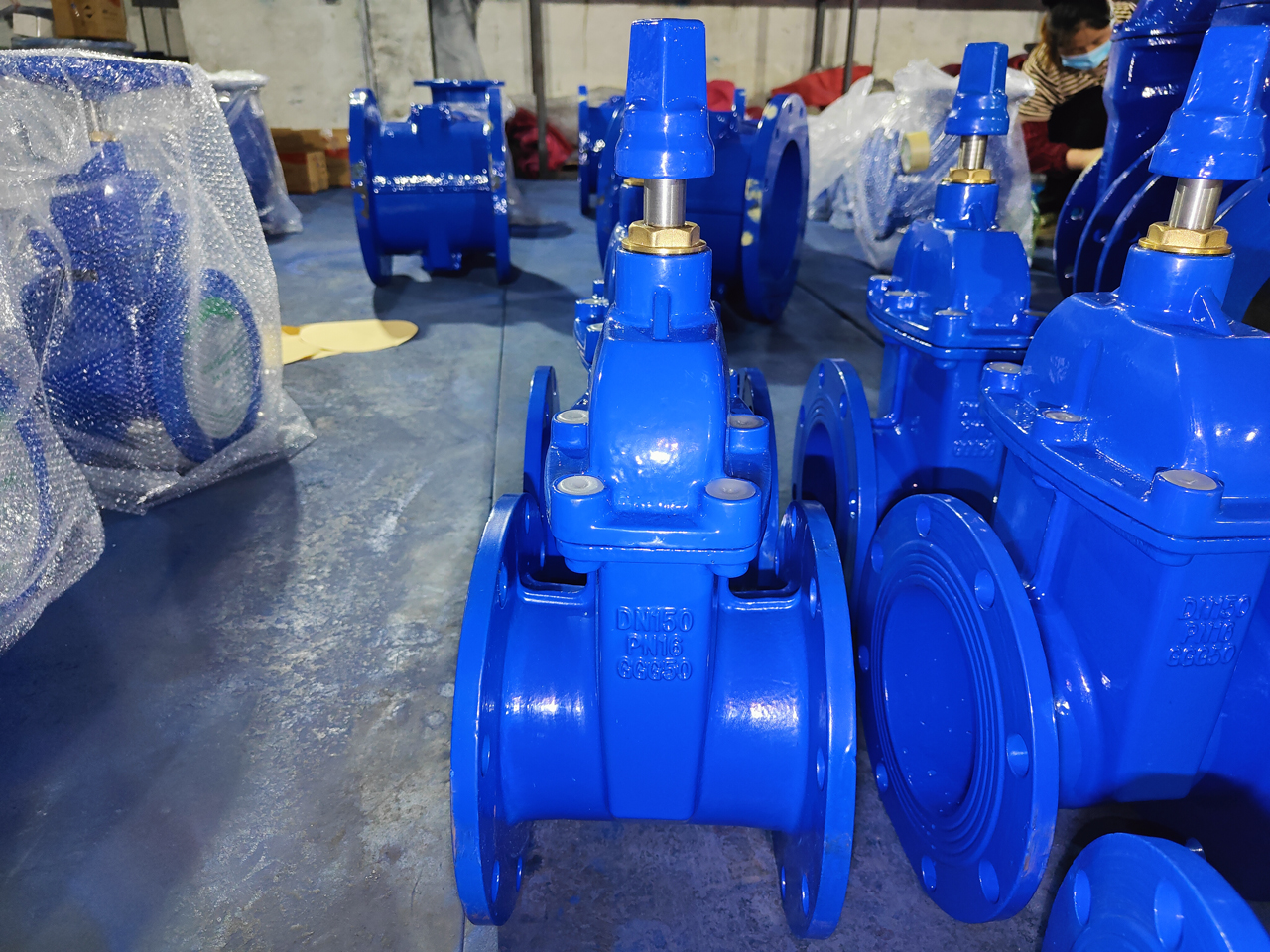Gate Valves: Principles and Applications
Sep. 10, 2025
Gate valves are linear-motion valves widely used in fluid handling systems to control the on/off flow of liquids, gases, or slurries. Characterized by their simple yet robust design, they operate via a vertical "gate" that moves up and down to open or close the valve’s internal passageway—when fully open, the gate retracts completely, creating an unobstructed flow path that minimizes pressure loss.
1. Working Principle
When the handwheel/actuator is turned clockwise, the stem descends, pushing the gate into the valve’s "seat" to shut off flow. To open the passageway for fluid to flow through, turn it counterclockwise to lift the gate.
2. Advantages
Minimal Pressure Loss: Fully open gate valves have no obstruction in the flow path, making them ideal for high-flow, low-pressure-drop requirements.
Tight Sealing: Wedge designs create a secure seal, preventing leakage even in high-pressure systems.
Durability: Simple structure with few moving parts reduces wear and tear, leading to long service life.
3. Limitations
Not for Throttling: The gate is prone to erosion if used to regulate flow. Partial opening causes fluid turbulence, damaging the gate and seat over time.
Slow Operation: Lifting/lowering the gate requires multiple handwheel turns, making them unsuitable for emergency shutoff.
4. Maintenance Tips
To extend the lifespan of gate valves and ensure reliable operation:
Regular Lubrication: Apply grease to the stem and handwheel threads to reduce friction and prevent seizing.
Leak Checks: Inspect the bonnet and body-seat interface for leaks.
Avoid Throttling: Use gate valves only for full open/close to prevent gate and seat damage.
Cleaning: For systems with sediment, periodically open the valve fully to flush out debris that could block the gate.

Previous: Study on Mechanical Properties and Corrosion Resistance of ISO2531 Ductile Iron Pipes
Next: Join Solid at Aquatech Mexico 2025 – Booth 225


